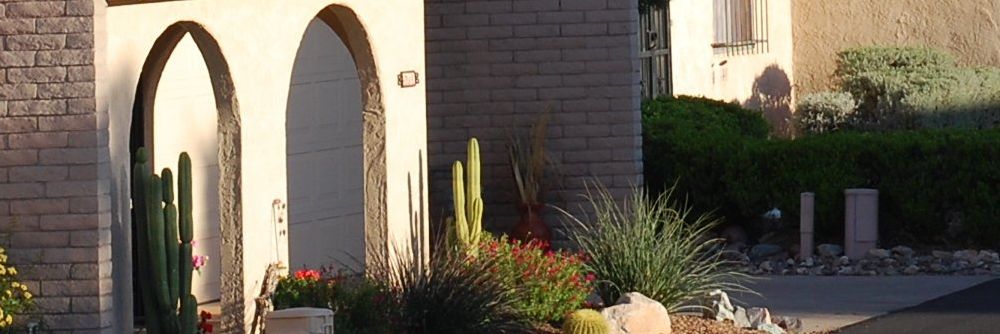Buying a house is a huge investment, and very well can be one of the biggest and most important decisions of your life. It takes time and dedication to find your new humble home, and if you aren’t careful, you could skim over some key details that could result with some unexpected expenses. So, to ensure your next purchase is everything you expect it to be – without any surprises – here are some minor but important details to look for.
Building Materials
When you see a home you love, it’s easy to overlook the building materials. After all, you’ve always dreamed of a red brick home and now you’ve finally found one. However, some building materials cost significantly more to maintain and prepare, while others aren’t as durable or available. So, always look beyond the aesthetics of the home and consider the pros and cons of the building materials used.
Cracked or Damaged Foundation
You’ve conducted a thorough scan around the home and everything looks great. But have you looked at the foundation? Despite being one of the largest and most important components of a home, the foundation often gets overlooked. However, cracked or damaged foundation can lead to all kinds of expensive and inconvenient repairs, such as misaligned doors and windows, windows that crack, doors that stick, sloping floors, gaps in the walls, water in the basement – and the list goes on. So, if you see any of those things in a home you’re interested in buying, take a second look at the foundation because there may be more going on.
Roofing Materials and Condition
A weathered roof can result in significant damage to both the home and your wallet. So, always check out the roof prior to signing on the dotted line. If the tiles are lifting or if the materials used are dated and no longer available, you could end up with a large bill in the near future.
Outdated Heating and Air Systems
As long as you have heat, you’ll be fine. It’s a common theory for many homeowners. However, older homes typically have floorboard heating and outdated cooling systems which tend to be more expensive on a monthly basis and even more expensive to modernize in the future.
Dampness in the Air
If you feel a cool chill in the air, don’t automatically assume that it’s just you. Instead, look for other signs of dampness, such as a moldy smell, watermarks on the walls or ceilings, and flaky plaster. Examine the area top to bottom and see if there are any signs that dampness occurs in the home. If so, consider the additional costs that are associated with such significant repairs.
Mold and Water Marks under the Sink
The toilet looks good. The sink is clean. The faucets work. What more is there to look for? The plumbing! Take a look under all sinks and examine the pipes. If you notice any leaks, water damage or mold, this is certainly something to be aware of. The current homeowners may have fixed the leak but any remaining damage could cost a pretty penny to repair.
Land Slopes and Dead Trees
A beautiful backyard and outdoor living space are hard to turn down. However, it’s important to look beyond the aesthetics of the land. Examine the area for any slopes that may result in flooding, any fence posts that aren’t positioned properly and any brown spots in the grass and even any trees that seem to have seen better days.
There’s nothing worse than buying a new home, moving in and having to store all of your belongings in a storage unit because your new humble abode needs a significant repair. So, before signing on the dotted line, make sure you examine the finer details of the home.






